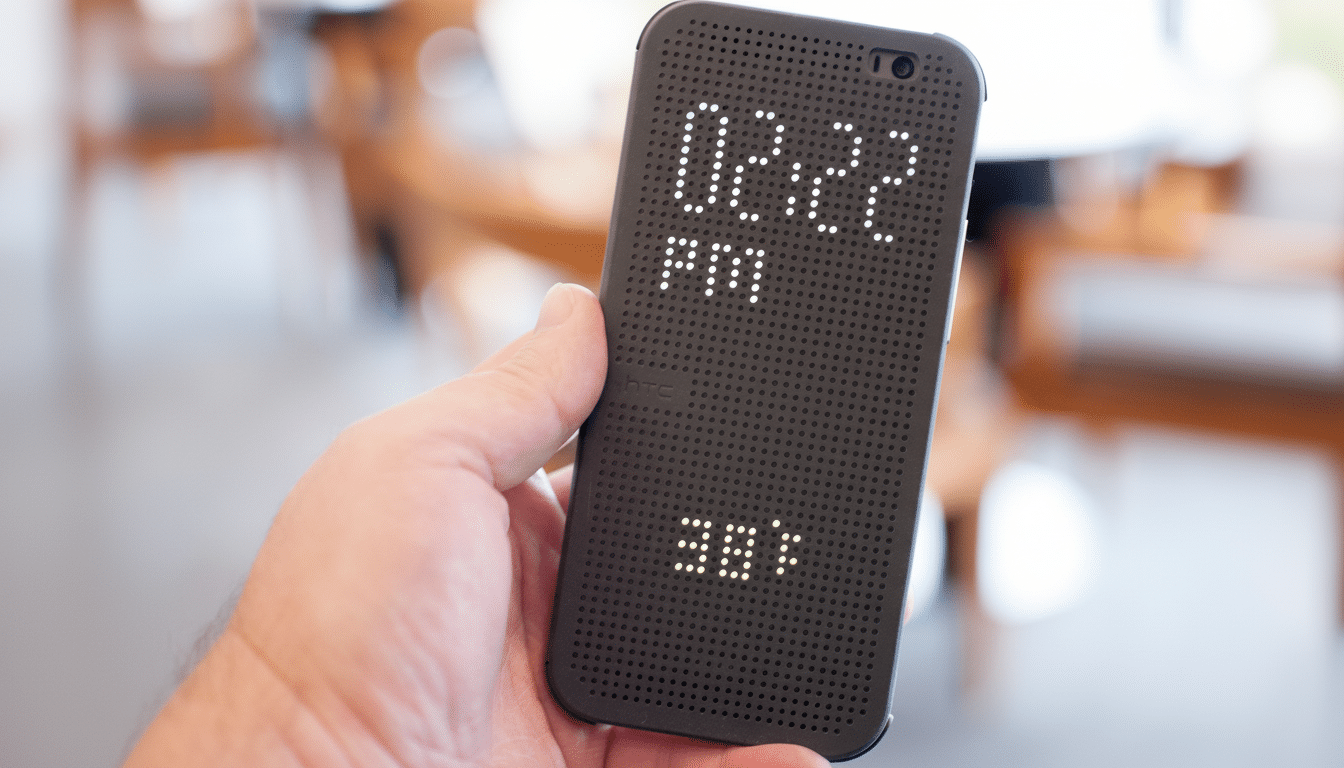A new leak from China claims Apple is considering (finally) adding an official iPhone case that also acts as a secondary touch interface, because those Pro models clearly aren’t Pro enough.
That’s the kind of replaceability in a “protective case” I haven’t seen since the days of smart covers and modular snap-ons — if it’s possible at all, which is not guaranteed — but that sure sounds like exactly the sort of accessory play Google ought to be ready to counter for Pixel.

A Case That Does a Little More Than Just Protect
The rumor, first reported by Weibo leaker Instant Digital, says that Apple will spend big on first-party cases with tactile controls covering the exterior of the phone. Imagine additional touch zones for actions like camera zoom, shutter release, media scrubbing, or quick toggles — without needing to reach for on-screen buttons. It’s a simple concept with big potential, because it takes the interface out to where your fingers are anyway.
There’s precedent for “smart” accessories. HTC’s Dot View and Samsung’s S View covers have featured glanceable notifications and at least simple tap-through interactions. (Both Motorola’s Moto Mods and LG’s Friends have been playing with modularity.) Apple has the Smart Battery Case and the MagSafe ecosystem itself. But a fully interactive, touch-sensitive shell that treats the hardware’s exterior as a programmable surface would perhaps be an even bigger leap.
Why Google Should Take Notice of a Touch Interface Case
Google already leads the charge on ambient and gesture-based interactions — Active Edge squeeze, Quick Tap rear tap, and contextually aware features like Now Playing. A first-party “Pixel Pro Case” with touch surfaces could codify and expand that vision: a rear or side trackpad for camera input, one-swipe translation, on-call transcription toggles, and AI macro tools to initiate Gemini actions with a thumb gesture.
This is also a market opportunity. The worldwide market for mobile phone cases was around the mid-$20 billion range in 2023, according to Grand View Research, and is still expanding. Accessory attach rates are high — several surveys have found well over 70 percent of U.S. smartphone owners use a protective case (Statista, CIRP). But if even a fraction of those buyers choose smart cases, the ties and revenue from it are very real.
For Pixel in particular, the timing is right. Counterpoint Research said there have been record Pixel shipments in past cycles, with momentum in North America and Japan. A standout accessory that promotes Pixel’s computational photography and on-device AI could differentiate the lineup without necessitating core silicon or sensor upgrades.
What a Touch Case Might Make Possible on Smartphones
Photography
Map them to zoom, focus pull, or shutter. Do a two-finger swipe to switch lenses. A long press might trigger Night Sight tripod mode without spelunking into menus. The Geckobrands Action 15 has a case-level “record” latch to cut down on fumbling and missed shots by creators.

Media and gaming
A side rail doubles as a scrub bar when you’re listening to a podcast or watching video, while the rear panel serves as a pressure-sensitive paddle for racing or flight sims — no thumbs blocking the on-screen action.
Accessibility
Custom gestures for users with motor impairments, offering larger, more forgiving input zones than typical on-screen buttons. Haptic feedback can provide confirmation without having to look at the display.
AI shortcuts
A two-tap capture-and-summarize flow for screenshots, a swipe of the hand to translate live captions, or a hold gesture that invokes multimodal analysis on what the camera sees — all accessible on the case so they’re always close at hand.
Why the Technology Path for Smart Cases Is Feasible
There are multiple feasible designs. Capacitive textiles, for example, in the form of flexible film sensors built into a case shell, can measure position and pressure. A low-power microcontroller communicates over Bluetooth Low Energy, and MagSafe or Qi2 alignment guarantees repeatable placement. NFC-based or inductive coupling of energy can minimize charging requirements, while the device controls state and gesture maps through first-party APIs.
In the Android world, Google could standardize a “Smart Case API” that OEMs and accessory partners can use to expose zones, sensitivity, and permissions, with secure handshakes to guard against spoofing. That frees Pixels to lead and lets Samsung, Nothing, and others innovate inside a common framework, expanding the pie instead of baking brittle one-off solutions.
Risks to Consider and How to Do a Touch Case Right
False positives are the enemy, right? None of us want to deal with inadvertent touches. The solution is modeling intent through capacitive readings, IMU data, grip detection, and context awareness (in pocket, on a table, in camera mode). Durability also matters — case makers will have to adhere to drop standards while safeguarding flexible sensor arrays. Privacy: gestures that initiate recording or AI actions should be unambiguous, with user-controlled LEDs or haptic feedback to ensure transparency.
If Apple delivers a touch interface case for iPhone Pro, it will also reset what can be expected from cases in general. Google shouldn’t wait. A contemplative Pixel Pro Case — deeply connected with camera, media, and Gemini — could articulate Android’s strength and offer users a reason to invest in the ecosystem rather than encase it in silicone.

